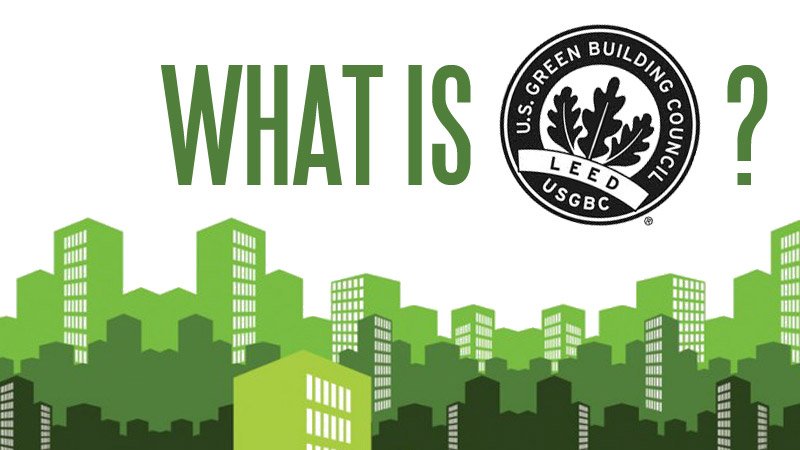
June 12, 2019
Leadership in Energy and Environmental Design (LEED) is a rating system that guides builders on how to create the most efficient and cost-saving green buildings. According to the U.S. Green Building Council, green building is the practice of designing, constructing, and operating buildings to maximize occupant health and productivity, use fewer resources, reduce waste and negative environmental impacts, and decrease life cycle costs. Green building has become popular due to the economic, environmental and social benefits. Monetary savings through energy efficient supplies and the reduction of negative impacts on the environment creates a new wave of mindful building in the industry.
According to the U.S. Green Building Council, LEED is the most widely used green building rating system in the world. This rating system can be applied to new construction, building maintenance, neighborhood development and city and community growth and expansion.
Why LEED Matters.
Environmental Implications.
The World Green Building Council explained that Green buildings achieving the LEED certification in the US and other countries have been shown to consume 25 percent less energy and 11 percent less water than non-green buildings. This shows that by following the guidelines in place, we can make a difference together and work towards a healthier environment for everyone.
Economic factors.
LEED certified structures are built with sustainability in mind. Two important factors that come in mind is the overall lowered building maintenance and lessened energy costs. By initially investing more upfront, the buildings are more valuable and continue to increase in value due to the return on investment. Green buildings are constructed to save in energy, water, maintenance and waste from the specifications created by the rating system.
Social Responsibility.
Having a LEED credential allows you to have more credibility and professionalism behind your business. It shows that you’re mindful of the environment and doing what you can to lessen your footprint, but it goes beyond that. According to a study lead by the Harvard T.H. Chan School of Public Health, “People who work in well-ventilated offices with below-average levels of indoor pollutants and carbon dioxide (CO2) have significantly higher cognitive functioning scores—in crucial areas such as responding to a crisis or developing strategy—than those who work in offices with typical levels.” The LEED system has positive implication on the overall health and wellbeing of the population working in green offices and living in green homes.
Using Leadership in Energy and Environmental Design (LEED) is not only respectable and commendable, but it radiates positivity for the population and the planet. To learn more about building green and how Associated Contractors can assist with your green building plans, contact one of our specialists today!

